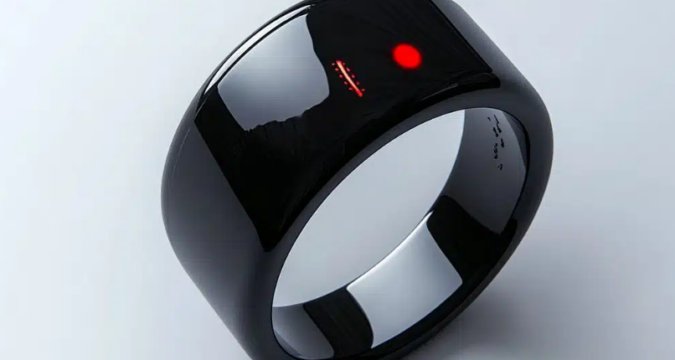
The Samsung Galaxy Ring is virtually impossible to fix, and exchanging defective pieces may be very expensive when done outside of warranty.
The Samsung Galaxy Ring is crammed into a tiny package with an amazing amount of technology. Even though this isn’t a brand-new category of smart rings, Samsung’s market supremacy has already made it one of the most sought-after. If you decide to purchase one, you won’t have much chance of having it fixed in the event that it breaks down.
Experts at iFixit recently took a closer look at the Galaxy Ring to see what’s inside and how hard it would be to fix. It should come as no surprise that the Ring is loaded with connectors, sensors, and a tiny lithium-ion battery to power it. Nevertheless, the design—which consists mostly of a hollow cylindrical body packed with sensors—makes repairs extremely challenging.
A toasted Galaxy Ring will therefore undoubtedly wind up in the trash. It is hoped that Samsung will implement a system to save some of the internal technology, allowing for the refurbishment of a portion of the Galaxy Ring devices. Manufacturers’ past attempts to properly encourage customers to recycle their outdated electronic items have not been very successful, especially in the absence of significant financial incentives. It would not be shocking to see stacks of smart rings converted to e-waste, however sad it would be.
Obtaining a defective Galaxy Ring could come with costs in addition to a terrible feeling. If your Galaxy Ring is replaced by Samsung, they will charge you whatever they want, especially if the usual 12-month warranty has expired. This also raises questions about whether water-damaged units are covered under warranty.
Not only do its sensors have a tendency to malfunction, but the Galaxy Ring’s battery is also a major cause. Truly wireless earbuds and smart rings, for example, usually have batteries that last between 300 and 500 charging cycles. However, the precise life of the battery may vary depending on your charging habits and environmental factors like temperature.
With a week-long battery life claimed, the Galaxy Ring should last five or more years, at most. If all goes according to plan, it will probably become outdated and need to be updated before then, but that’s a good thing.
iFixit obtained a thinly sliced view of Samsung Galaxy Ring’s internals using a cutting-edge CT scan device made by Lumafield. They discovered that Samsung connects various PCBs via pop connections, which are frequently found inside phones and laptops, as opposed to just soldering them together like rival Oura does.
Does it mean Samsung intends to come up with a method for changing the battery, at least during the refurbishing process? That doesn’t seem plausible since removing the battery necessitates removing every portion, which can only be accomplished by severing the ring. These characteristics logically put the Galaxy Ring on the increasing roster of gadgets that are possibly harmful to the ecosystem and nearly impossible to fix.